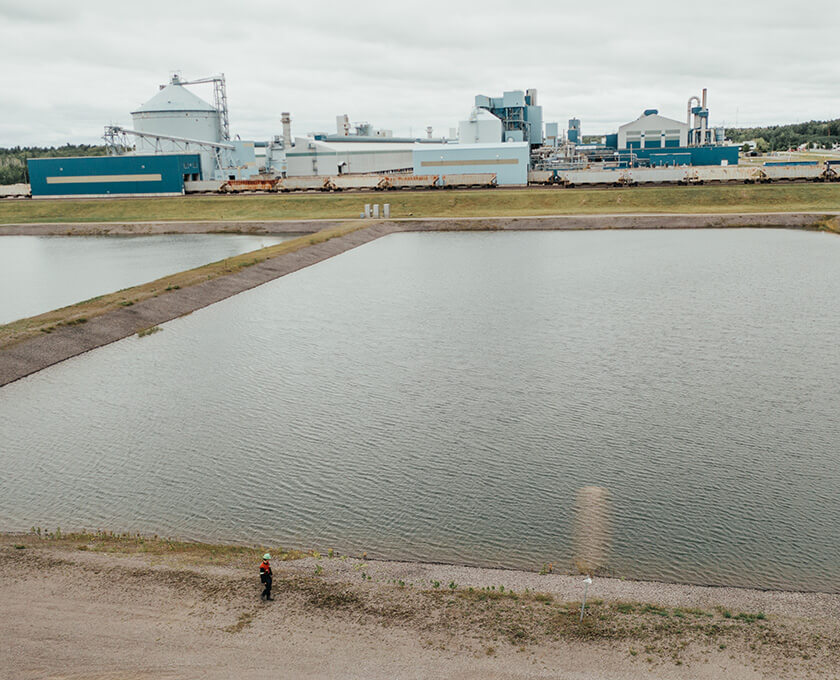July 08, 2023
Balancing Water Demands with Circularity

Every year, our Deschambault smelter in Canada uses approximately 135,000 cubic meters of water. That is equivalent to 135 standard 40-foot shipping containers stacked on top of each other. Given that the smelter is in an agricultural zone, implementing water stewardship practices has been key to balance operational requirements and community needs.
For starters, the site has a zero-process water discharge system. This means that the water is recycled until it evaporates. It also allows for the management of fluoride emissions present in water that has been used to cool the anodes and the aluminum ingots. As an additional preventative measure, a monitoring station has been set up over the nearby Belle-Isle River, to measure the fluoride concentration and correlate it to the river flow. The discharge flowrate is, in fact, adapted to the river rapacity to respect a level of 0.20 parts per million (ppm), which is equivalent to the fluoride concentration found in bottled water.
In addition to its zero-process discharge, the Deschambault plant has retention basin that can collect up to 85,000 cubic meters of rainwater and snow, or the equivalent of 28 Olympic-size swimming pools. This the lone source of water for the plant’s operations; no other water source is tapped. Unused rainwater is returned to the retention basin via an underground system.
An experienced team is on hand to see that all systems are running optimally smoothly. The site’s environmental team also regularly monitors water quality. All in all, these measures long-term operability of the plant and strengthen Deschambault’s standing with the community.